Brainstorming is a thinking process used by individuals or groups to generate new ideas or solve problems. The process involves developing a list of ideas and then evaluating and refining those ideas. It can be done alone or in a group setting. Brainstorming involves two parts which are idea generation and analysis.
There are a few different times when it can be helpful. If you’re stuck on a problem or issue, it can help you generate new ideas and solutions. It can also be used to generate ideas for new projects or products.
Its purpose is to generate many ideas or solutions to a problem. It is often used in any situation where creativity and new ideas are needed. It can be done alone or in groups. When done in groups, it is essential to have a facilitator who can keep the group on track and ensure that all ideas are heard.
Benefits of Brainstorming
• It allows you to explore all potential ideas and solutions to a problem. It can help you think outside the box and develop creative solutions.
• It can help prevent decision fatigue. When you have many options to choose from, it can be tough to decide what to do next. This process allows you to narrow down your options and make a decision more easily.
• It can help build team unity and collaboration. When team members brainstorm together, they can share ideas and build on each other’s thoughts. This can help create a more cohesive team that’s better able to work together.
• It can help individuals learn more about themselves and how they think. By exploring different ideas and solutions, you can learn more about what you do and don’t like. This self-knowledge can be valuable in both your personal and professional life.
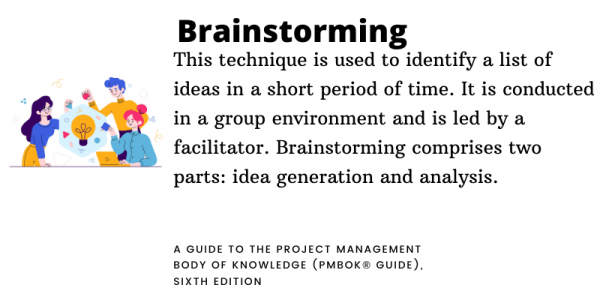
Methods of Brainstorming
There are many ways to brainstorm. Some popular methods include:
Brainwriting
This is when individuals write their ideas individually. This can be done on paper or electronically. This can generate a lot of ideas quickly.
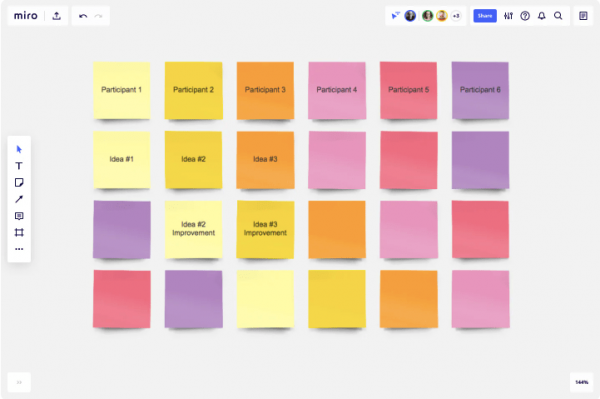
Round robin
This is when individuals take turns sharing their ideas with the group. This can help ensure that everyone has a chance to share their ideas and that one or two people do not dominate the discussion.
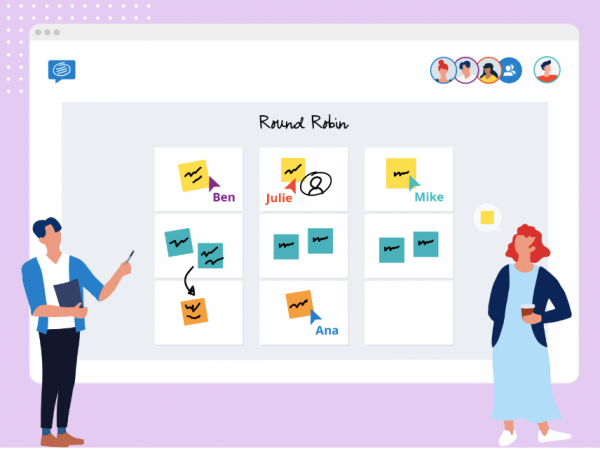
Using sticky notes
This is when individuals write down their ideas on sticky notes and then post them on a wall or whiteboard. This also helps organize the ideas visually.
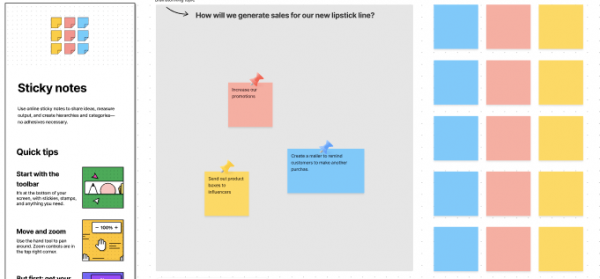
Using mind maps
This is when individuals create a diagram of their ideas. This can be used to organize ideas visually and to see relationships between different ideas.
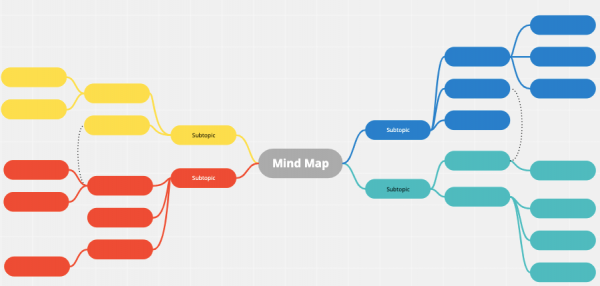
Using a tool
This is when individuals use a tool, such as brainstorming templates, brainstorming software, to capture their ideas. This can be used to generate ideas quickly and to capture all of the ideas in one place.
How to Conduct Brainstorming
Before you start, it would be best to have a plan. This is where the brainstorming template comes in handy. It can be as simple as a list of questions you want to answer during your session. A template will give you a structure to follow and ensure you don’t forget any essential elements. There are many different templates available, so choose one that will work best for your project.
Prepare Outline
Ask the following questions to have the clear idea
What are the goals of the session?
What kind of information do you need to gather?
Who will be participating in the session?
Select Template
Select the template appropriate for your project. Simply print out or open the template on your computer to get started. Then, start by filling in the name of your project at the top
List Ideas
Begin listing all the ideas that come to mind related to your topic. Don’t worry about organizing them at this point; get everything down on paper.
Add Details
Once you understand the overall direction of your project, you can start to fill in more details. If you’re working on a creative project, you may want to add sketches or inspirational images. You may also want to include market research or a competitive analysis for a business project. By fleshing out your ideas in this way, you’ll be well on your way to a successful final product.
Ask For Help
Don’t hesitate to ask others for help if you’re stuck during the process. Talk to friends or colleagues who might have some good ideas. There are also plenty of online resources that can provide helpful tips and tricks. It doesn’t have to be a solo activity, so take advantage of your resources.
Focus on quantity
The goal is to generate as many ideas as possible. This is not the time to worry about whether an idea is good or bad.
Encourage wild ideas
Encourage team members to think outside the box and develop creative solutions. Once someone has come up with an idea, build on it and see where it takes you
Don’t judge
As mentioned before, all ideas are good at this stage. If someone comes up with an idea that seems impossible to implement, just write it down and move on. The goal is to generate as many ideas as possible, not to filter them out.
Embrace criticism
After the brainstorming session, it’s time to start critiquing the ideas. This is where you can decide which ideas are good and which need to be scrapped.

Examples of Brainstorming Tools
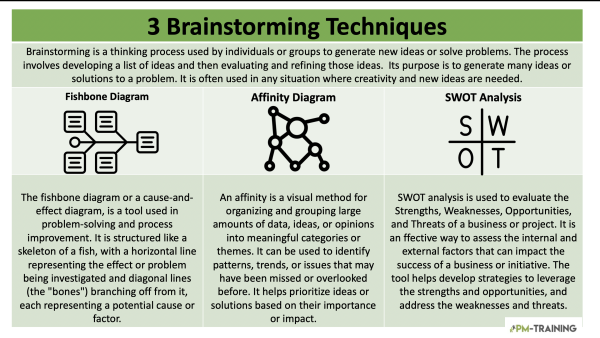
The Fishbone Diagram
Fishbone tool can brainstorm the cause and effect of a problem.
To use the fishbone diagram:
i. Identify the problem you want to brainstorm.
ii. Draw a line on a paper or whiteboard, and label it with the problem.
iii. Draw bones coming off the line, and label each bone with a possible cause of the problem.
iv. Brainstorm possible effects of each cause, and write them on the bones.
The Affinity Diagram
The affinity diagram tool can be used to organize ideas. To use the affinity diagram:
i. Gather a group of people together and have them brainstorm ideas related to a specific topic.
ii. Have each person write their ideas down on writing material.
iii. Have the group sort the sticky notes into categories.
iv. Have the group discuss the relationships between the ideas in each category.
The SWOT analysis
The SWOT analysis tool can assess a company’s strengths, weaknesses, opportunities, and threats.
To use the SWOT analysis:
i. Identify the company’s strengths.
ii. Identify the company’s weaknesses.
iii. Identify the company’s opportunities.
iv. Identify the company’s threats.
FAQs
What do you mean by brainstorming?
Brainstorming is a thinking process used by individuals or groups to generate new ideas or solve problems. The process involves developing a list of ideas and then evaluating and refining those ideas.
Why is brainstorming important?
Brainstorming is important because it helps in idea generation and solving complex problems.
What is the purpose of brainstorming?
The main purpose is to solve problems
